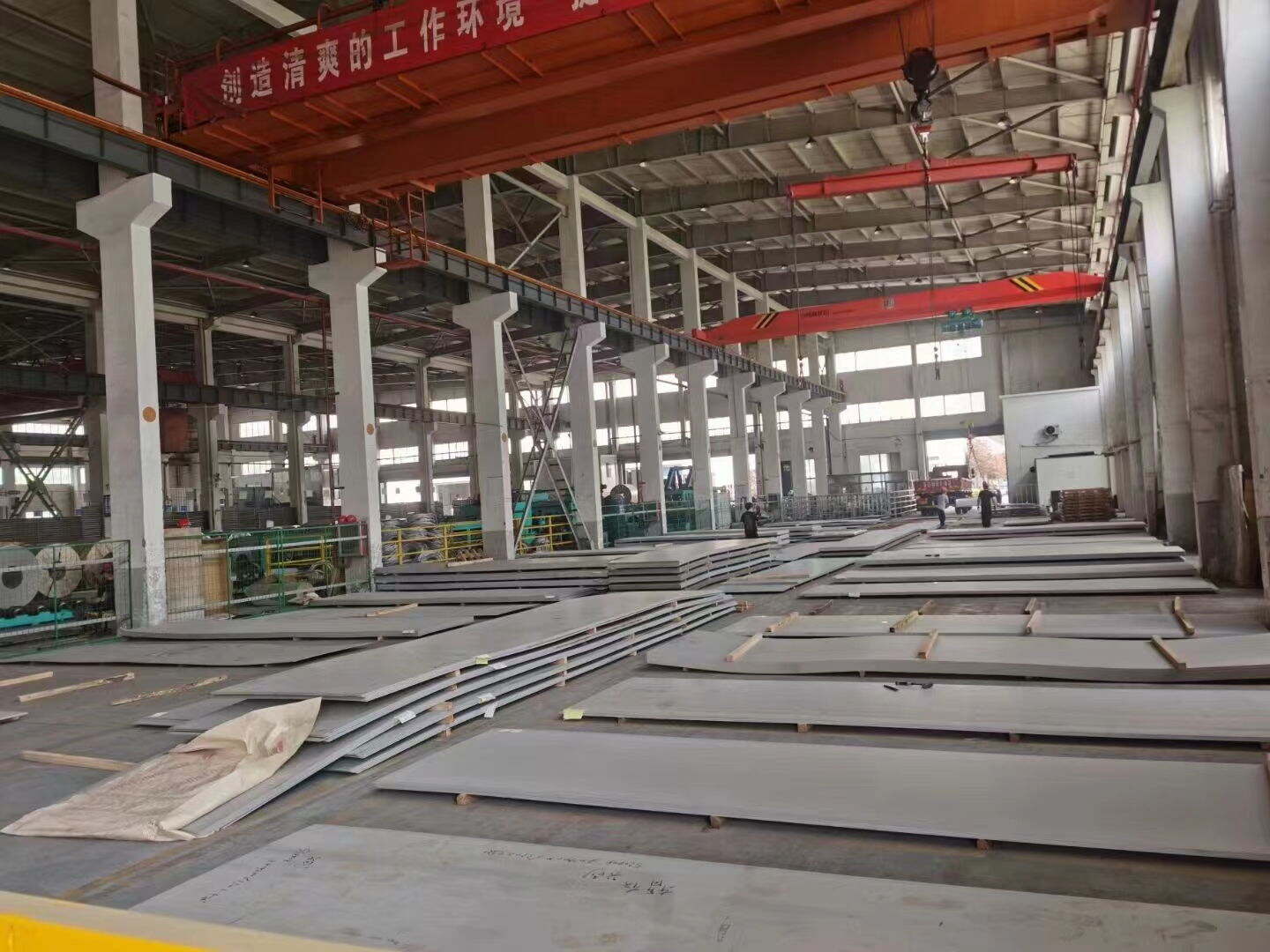310 stainless steel plate
The 310 stainless steel plate stands as a premium grade austenitic stainless steel, specifically engineered to excel in high-temperature environments and corrosive conditions. This versatile material features exceptional heat resistance capabilities, maintaining its structural integrity at temperatures up to 2100°F (1150°C). The plate's composition typically includes 25% chromium and 20% nickel, creating a robust material that resists oxidation, carburization, and sulfidation. In manufacturing processes, 310 stainless steel plates demonstrate remarkable weldability and formability, making them ideal for complex fabrication requirements. These plates find extensive application in heat treatment equipment, furnace components, chemical processing vessels, and high-temperature industrial applications. The material's non-magnetic properties and excellent mechanical strength at elevated temperatures make it particularly valuable in aerospace and petrochemical industries. Furthermore, its superior resistance to thermal cycling and thermal shock ensures long-term reliability in demanding operational environments.


